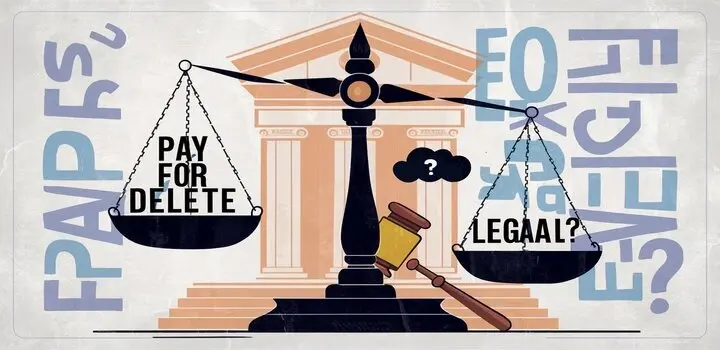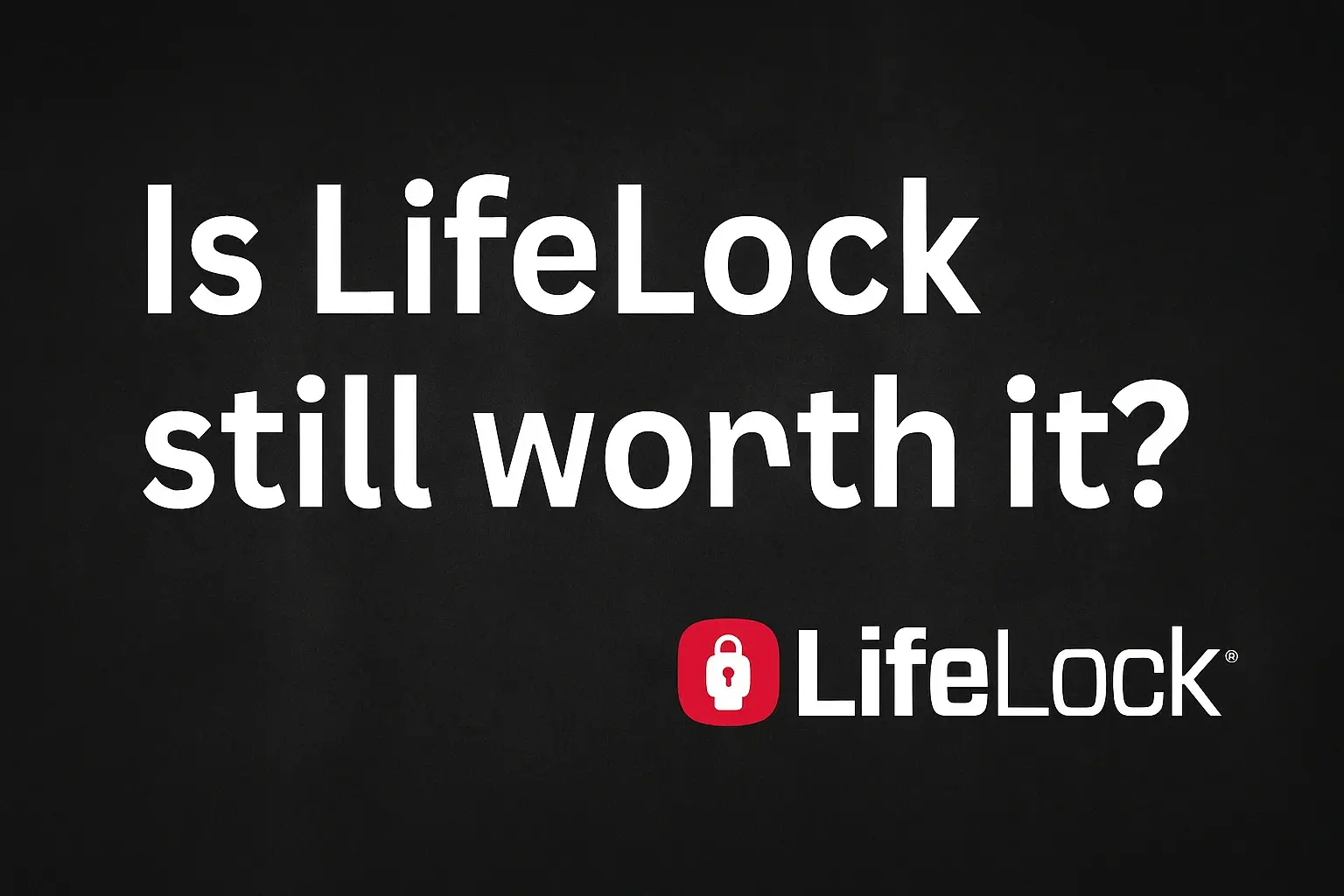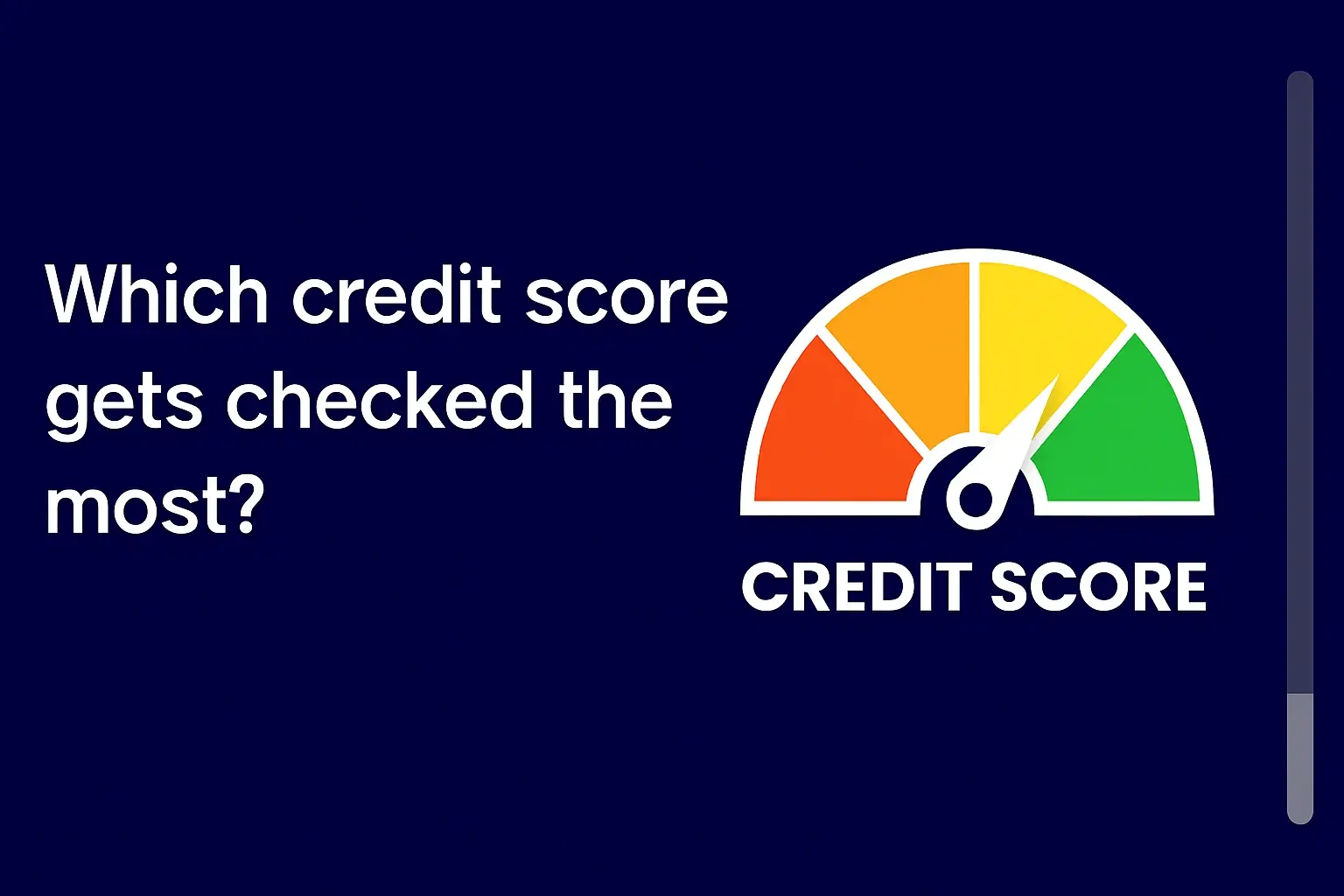-
Posted on: 29 Jul 2024

-
Understanding how long it takes for negative credit information to be removed from your credit report is crucial for financial planning. This comprehensive guide will detail the timelines for various credit events and explain the processes involved in credit repair.
Understanding Your Credit Report and Scores
Before delving into how long it takes for credit information to be removed, it's essential to grasp the fundamentals of credit reports and scores. Your credit report is a detailed record of your credit history, compiled by credit bureaus like Equifax, Experian, and TransUnion. It includes information about your credit accounts, payment history, outstanding debts, credit inquiries, and public records such as bankruptcies.
Your credit score, often a three-digit number, is a numerical representation of your creditworthiness, derived from the information in your credit report. Lenders use this score to assess the risk of lending you money. A higher score generally indicates a lower risk, leading to better interest rates and loan terms. Key factors influencing your credit score include payment history (the most significant factor), credit utilization, length of credit history, credit mix, and new credit.
Understanding these components is the first step in managing your credit effectively and knowing what to expect regarding the removal of negative information. The accuracy and completeness of your credit report are paramount, as errors can unfairly impact your score and the timeline for improvement.
The Role of Credit Bureaus
In the United States, three major credit bureaus – Equifax, Experian, and TransUnion – collect and maintain credit information from lenders, creditors, and public records. They then sell this information to lenders in the form of credit reports. The Fair Credit Reporting Act (FCRA) is a federal law that governs how credit bureaus and users of credit information operate. It grants consumers rights, including the right to access their credit reports, dispute inaccuracies, and have information removed from their reports under specific circumstances and timelines.
These bureaus are responsible for updating your credit report with new information as it becomes available from your creditors. They also have specific rules regarding how long certain types of information, both positive and negative, can remain on your report. Understanding this regulatory framework is key to understanding the "wipe clean" concept.
Credit Scores and Their Impact
Credit scores are dynamic and can fluctuate based on the information reported to the credit bureaus. A good credit score can open doors to many financial opportunities, including favorable mortgage rates, car loans, apartment rentals, and even some job offers. Conversely, a low credit score can make these things difficult or impossible to obtain, or come with significantly higher costs.
The most common scoring models are FICO and VantageScore. While they have different methodologies, they generally consider the same core factors. For instance, payment history accounts for about 35% of a FICO score, credit utilization around 30%, length of credit history about 15%, credit mix about 10%, and new credit about 10%. Understanding these weightings helps prioritize actions for credit improvement.
How Long Do Negative Items Stay on Your Credit Report?
The term "wiped clean" often refers to the point at which negative information is automatically removed from your credit report by the credit bureaus. This removal is governed by the FCRA, which sets maximum time limits for how long most negative information can be reported. These timelines are not arbitrary; they are designed to give consumers a chance to rebuild their credit after experiencing financial difficulties.
It's important to distinguish between "removal" and "impact." Even after an item is removed from your report, its past impact on your credit score might linger in memory for some lenders, though officially, it's gone. However, the primary focus of "wiping clean" is the official removal from the credit bureaus' records.
The Standard Reporting Periods
The Fair Credit Reporting Act mandates specific timeframes for how long different types of negative information can appear on your credit report. These periods generally begin from the date of the delinquency or the date the account became inactive or was charged off. Here are the most common timelines:
- Late Payments: Most late payments, whether 30, 60, or 90 days past due, will remain on your credit report for up to seven years from the date of the delinquency. A 30-day late payment that is subsequently brought current will still be reported for seven years, but its negative impact diminishes over time, especially if you maintain a positive payment history afterward.
- Collections Accounts: A debt that has gone to collections will typically remain on your credit report for up to seven years from the date of the original delinquency of the account that went to collections. The clock starts ticking from the delinquency date, not the date the collection agency acquired the debt.
- Charge-Offs: When a creditor determines that a debt is unlikely to be collected, they may "charge it off." This means they have written it off as a loss. A charge-off will remain on your credit report for up to seven years from the date of the original delinquency.
- Repossessions: If a vehicle or other property is repossessed due to non-payment, this negative mark can stay on your credit report for up to seven years from the date of the original delinquency.
- Foreclosures: Foreclosures are serious negative marks and can remain on your credit report for up to seven years from the date of the original delinquency. However, some sources indicate up to 10 years for foreclosures, depending on the specific circumstances and reporting practices. For practical purposes, assume the longer end of the spectrum for significant events.
- Bankruptcies:
- Chapter 7 Bankruptcy: This type of bankruptcy can remain on your credit report for up to 10 years from the filing date.
- Chapter 13 Bankruptcy: This type of bankruptcy, which involves a repayment plan, typically remains on your credit report for up to seven years from the filing date. However, some reports suggest up to 10 years for Chapter 13 as well, particularly if the repayment plan is lengthy or not fully discharged. The most common understanding is 7 years for the completion of the plan.
- Judgments: Civil judgments against you, such as those for unpaid debts, can remain on your credit report for up to seven years from the date the judgment was entered. However, some states allow these to remain indefinitely or for much longer periods if not satisfied.
- Tax Liens: Unpaid tax liens were historically a permanent mark. However, the FCRA was updated, and most tax liens are now removed after seven years from the date they were paid. If the lien remains unpaid, it could stay longer, but the trend is towards removal after a period. Current 2025 regulations generally mandate removal of paid tax liens after seven years from the payment date.
It's crucial to remember that these are maximum periods. The impact of negative information generally lessens over time, especially if you establish a positive credit history. Furthermore, the FCRA only dictates the maximum reporting period; it doesn't force lenders to report for that entire duration. Some lenders may update their reporting sooner, but the bureaus are bound by the FCRA's limits.
The Seven-Year Rule and Its Exceptions
The "seven-year rule" is a common shorthand for the FCRA's general provision that most negative information must be removed from your credit report after seven years from the date of the delinquency. However, as noted above, bankruptcies (Chapter 7) are a significant exception, remaining for up to 10 years.
The starting point for this seven-year clock is critical. It's not from the date you pay off a debt or the date an account is closed. It's generally from the date of the *original delinquency* or the date the account became 30 days past due. For example, if you stopped paying a credit card in January 2018, and it was charged off in June 2018, the seven-year clock for the charge-off and the late payments leading up to it started ticking from the original delinquency date in January 2018. This means it would be eligible for removal in January 2025.
Credit Reporting Timelines: A Comparison Table
To provide a clearer overview, here's a comparison table summarizing the typical timeframes for negative information on credit reports, as per current 2025 regulations and common practices under the FCRA.
Type of Negative Item Maximum Reporting Period (from date of delinquency/filing) Notes Late Payments (30, 60, 90+ days) 7 years From the date of the original delinquency. Collections Accounts 7 years From the date of the original delinquency of the charged-off account. Charge-Offs 7 years From the date of the original delinquency. Repossessions 7 years From the date of the original delinquency. Foreclosures 7 years From the date of the original delinquency. (Some sources suggest up to 10 years). Chapter 7 Bankruptcy 10 years From the filing date. Chapter 13 Bankruptcy 7 years From the filing date, or completion of the repayment plan. (Some sources suggest up to 10 years). Judgments 7 years From the date of entry. Can vary by state if unsatisfied. Tax Liens (Paid) 7 years From the date of payment. (Prior to FCRA updates, could be longer). Tax Liens (Unpaid) Varies Can remain indefinitely or for extended periods depending on jurisdiction and specific tax laws. Positive Information on Credit Reports
It's also important to note that positive information, such as on-time payments on active accounts, generally remains on your credit report indefinitely or for a very long time. This is because credit bureaus aim to provide a comprehensive history to lenders, and positive behaviors are beneficial for assessing creditworthiness. While there isn't a strict "removal" date for positive information, the older it gets, the less impact it has on your score compared to newer, positive activity. The focus of "wiping clean" is almost exclusively on the removal of negative marks.
Factors Affecting Removal Time
While the FCRA sets definitive maximum timelines, several factors can influence when negative information is actually removed from your credit report and how it impacts your score during its reporting period.
Accuracy of Information
The most significant factor that can alter the removal timeline is the accuracy of the information itself. If a negative item is reported incorrectly, it may remain on your report longer than it should, or it might be removed sooner if you successfully dispute it. This is why regularly reviewing your credit reports from all three major bureaus is essential.
Disputing Errors: If you find an error on your credit report—such as a late payment that was actually made on time, an account that isn't yours, or incorrect balances—you have the right to dispute it with the credit bureau. The FCRA requires credit bureaus to investigate disputes within a reasonable period, typically 30 days (or 45 days if you provide new information during the 30-day period). If the information is found to be inaccurate, incomplete, or unverifiable, it must be corrected or removed.
Example: Suppose a collection account appears on your report that you believe is inaccurate or is from a debt that has already been settled. By providing documentation to the credit bureau showing it's incorrect or settled, you can initiate a dispute. If the collection agency cannot verify the debt or its accuracy, the bureau must remove it. If this incorrect item was due to remain for another three years, its removal now effectively "cleans" your credit faster.
Payment History After the Event
While the FCRA dictates how long negative items *stay*, your subsequent payment behavior dictates how much they *impact* your score during that period and how quickly your score recovers. Consistently making on-time payments on all your current accounts can help offset the damage from past issues. The older a negative mark gets, the less weight it carries, especially if it's surrounded by positive payment history.
Example: If you had a 60-day late payment on a credit card in 2023, it will remain on your report until 2030. However, if you immediately caught up on payments and have made all payments on time since then, the negative impact of that single late payment will lessen significantly over the years. A lender looking at your report in 2025 will see a history of on-time payments after that one incident, making it less detrimental than if you continued to miss payments.
Settling or Paying Off Debts
Paying off a collection account or settling a debt does not automatically remove it from your credit report. The negative mark will still remain for the duration mandated by the FCRA. However, paying off a collection account can positively influence your credit score in several ways:
- "Paid" Status: The account will be updated to reflect that it has been paid or settled. This is viewed more favorably by lenders than an outstanding collection.
- Reduced Credit Utilization (for charged-off accounts): If the collection is tied to a charged-off account, paying it off might reduce your overall debt burden, indirectly improving your credit utilization ratio if other accounts are still open.
- Negotiation Power: You can often negotiate with collection agencies to have the item "removed from credit reporting" in exchange for payment. This is known as a "pay-for-delete" agreement. While not guaranteed and not legally mandated by the FCRA, it's a common practice and can lead to faster credit improvement. Ensure any such agreement is in writing before you pay.
Example: You have a $1,000 collection account that is three years old. It will remain on your report for another four years. If you pay it off, it will show as "paid." If you negotiate a pay-for-delete and get it in writing, it could be removed immediately, effectively "wiping it clean" much sooner than the FCRA's seven-year limit.
Statute of Limitations vs. Reporting Period
It's vital to distinguish between the statute of limitations for debt collection and the reporting period for credit bureaus. The statute of limitations dictates how long a creditor or collection agency can legally sue you to collect a debt. This varies by state and type of debt, often ranging from 3 to 10 years. Once the statute of limitations expires, they can no longer take legal action against you for that debt. However, this has no bearing on how long the debt can remain on your credit report. A debt can be uncollectible through legal means but still appear on your credit report for the full FCRA reporting period.
Example: A debt is 6 years old, and the statute of limitations in your state is 5 years. The creditor can no longer sue you for this debt. However, because it's still within the 7-year reporting period under the FCRA, it will continue to appear on your credit report and negatively affect your score until it reaches the 7-year mark.
Strategies for Faster Credit Improvement
While waiting for negative items to age off your report is a passive strategy, several proactive steps can accelerate your credit improvement and, in some cases, lead to earlier removal of negative information.
Dispute Inaccuracies Aggressively
As mentioned, errors on credit reports are common. Take the time to obtain your free credit reports from AnnualCreditReport.com and meticulously review them. If you find any inaccuracies, dispute them immediately with the credit bureaus. A successful dispute can remove a negative item well before its scheduled removal date.
Steps for Dispute:
- Gather Evidence: Collect any documentation that supports your claim (e.g., payment receipts, correspondence with creditors, identity theft affidavits).
- Write a Dispute Letter: Clearly state the inaccuracy, the account number (if applicable), and what you believe the correct information should be. Attach copies of your evidence.
- Send to Bureaus: Mail your letter to each credit bureau that lists the inaccurate information. Use certified mail with a return receipt requested for proof of delivery.
- Follow Up: The bureaus have 30-45 days to investigate. If they don't resolve it or you disagree with their findings, you may need to take further action, potentially including filing a complaint with the Consumer Financial Protection Bureau (CFPB).
Negotiate "Pay-for-Delete" Agreements
This strategy is particularly effective for collection accounts. Contact the collection agency and offer to pay a portion or the full amount of the debt in exchange for them agreeing to remove the account entirely from your credit report. It's crucial to get this agreement in writing *before* you make any payment. If they agree, the account could be gone in as little as 30 days, rather than waiting years.
Tips for Negotiation:
- Be Polite but Firm: State your offer clearly.
- Start Low: Collection agencies often buy debt for pennies on the dollar, so they may be willing to accept a settlement for less than the full amount.
- Get it in Writing: This is non-negotiable. Without a written agreement, they are not obligated to remove the item.
Build Positive Credit History
While waiting for negative items to fall off, focus on building a strong positive credit history. This is the most sustainable way to improve your credit score and make your report more attractive to lenders.
- On-Time Payments: This is the single most important factor. Pay all your bills on time, every time. Set up automatic payments or reminders.
- Credit Utilization: Keep your credit utilization ratio (the amount of credit you're using compared to your total available credit) low, ideally below 30%, and even better below 10%.
- Credit Mix: Having a mix of credit types (e.g., credit cards, installment loans like mortgages or car loans) can be beneficial, but don't open accounts just for the sake of mix.
- Length of History: Keep older, positive accounts open to increase the average age of your credit history.
Consider Secured Credit Cards or Credit-Builder Loans
If you have a damaged credit history or no credit at all, these tools can help you establish or rebuild credit responsibly.
- Secured Credit Cards: You provide a cash deposit that typically equals your credit limit. Responsible use (making on-time payments and keeping utilization low) is reported to credit bureaus, helping you build positive history.
- Credit-Builder Loans: You make payments on a loan that is held in a savings account. Once the loan is repaid, you receive the money. This process demonstrates responsible borrowing and payment behavior.
These tools are excellent for demonstrating to lenders that you can manage credit responsibly, which can mitigate the impact of older negative information as you work towards its removal.
The Credit Repair Process Explained
The "credit repair" process typically involves a combination of understanding your rights under the FCRA, actively managing your credit, and potentially working with a credit repair professional. It's important to note that no one can legally "guarantee" the removal of accurate negative information before its reporting period expires, nor can they remove information that is accurate and still within its reporting window, unless specific circumstances like identity theft apply.
DIY Credit Repair
This is the most cost-effective approach and involves you taking direct control of your credit management.
- Obtain Your Reports: Get free copies from Equifax, Experian, and TransUnion at AnnualCreditReport.com.
- Analyze Your Reports: Identify all negative items, their dates, and their status (e.g., delinquent, charged-off, in collections).
- Verify Information: Check for any potential inaccuracies or outdated information.
- Dispute Inaccuracies: Follow the dispute process outlined earlier.
- Negotiate with Creditors/Collectors: If you find accurate negative items, consider negotiating settlements or pay-for-delete agreements.
- Build Positive Credit: Implement strategies like on-time payments, low utilization, and potentially secured credit cards.
- Monitor Progress: Regularly check your credit reports and scores to track improvements.
Working with a Credit Repair Company
Credit repair companies can assist consumers in navigating the credit repair process. They often have experience with disputes and negotiations.
- Services Offered: They typically help identify errors, send dispute letters on your behalf, and negotiate with creditors or collection agencies.
- Costs: Most companies charge a monthly fee, which can range from $50 to $150 or more, in addition to potential setup fees.
- Choosing a Reputable Company: Be wary of companies that make unrealistic promises (e.g., guaranteeing removal of all negative items), charge upfront fees before performing any work, or ask you to sign a contract that doesn't clearly outline services and fees. Look for companies that are transparent, BBB accredited, and understand FCRA rights.
- Important Note: A reputable credit repair company cannot do anything you cannot do yourself legally. Their value lies in their expertise, time, and established processes. They cannot remove accurate negative information that is still within its reporting period.
Legal Protections and Your Rights
The FCRA is your primary legal protection. It grants you rights, including:
- The Right to Accurate Information: Credit bureaus and furnishers must ensure the information they report is accurate.
- The Right to Dispute: You can dispute any information you believe is inaccurate.
- The Right to Know: You are entitled to a free copy of your credit report from each bureau annually.
- The Right to Privacy: Your credit information cannot be shared without your consent, except under specific permissible purposes defined by law.
Understanding these rights empowers you to advocate for yourself and ensure your credit report is clean and accurate.
What Happens After Negative Information is Removed?
Once negative information reaches its reporting limit and is removed from your credit report by the bureaus, its direct impact on your credit score ceases. This is the "wiped clean" moment you've been waiting for. However, the positive effects are not always immediate or dramatic, especially if your credit report still contains other negative elements or lacks sufficient positive history.
Impact on Credit Score
The removal of a significant negative item, such as a bankruptcy or a lengthy collection account, can lead to a substantial increase in your credit score. The magnitude of the increase depends on several factors:
- Severity of the Negative Item: A bankruptcy will likely have a more significant positive impact upon removal than a single 30-day late payment.
- Other Negative Items: If you have multiple negative items, removing one will help, but the score will still be influenced by the remaining issues.
- Positive Credit History: The more positive payment history and good credit management you demonstrate, the greater the positive impact of removing negative items will be.
- Credit Scoring Model: Different scoring models weigh factors differently, so the exact score increase can vary.
Example: If your credit score was 550 with a recent charge-off and a bankruptcy on your report, its removal could potentially boost your score by 50-100 points or more, depending on the other factors. If your score was already 650 and the removed item was a single 30-day late payment, the increase might be less dramatic, perhaps 10-30 points.
Lender Perceptions
Lenders often use credit scoring models to make lending decisions. When negative items are removed, your score improves, making you appear less risky to lenders. This can lead to:
- Approval for Loans and Credit: You may now qualify for credit cards, mortgages, auto loans, or personal loans that were previously out of reach.
- Lower Interest Rates: A better credit score typically translates to lower interest rates, saving you significant money over the life of a loan.
- Better Terms: You might also secure more favorable loan terms, such as lower down payments or longer repayment periods.
It's important to note that while negative items are removed from your official credit report, some lenders may have internal records or memory of past issues, especially for very severe events like bankruptcies or foreclosures. However, for most standard lending decisions, they rely on the credit reports and scores provided by the bureaus.
Maintaining Good Credit Going Forward
The removal of negative items is a significant milestone, but it's only part of the journey to excellent credit. The key is to maintain good credit habits to prevent new negative marks from appearing and to continue building a strong credit profile.
- Continue On-Time Payments: This is non-negotiable.
- Keep Credit Utilization Low: Aim for below 30%, ideally below 10%.
- Avoid Opening Too Many New Accounts Quickly: Each new application can cause a small dip in your score.
- Monitor Your Credit Reports: Continue to check your reports periodically for accuracy and to track your progress.
- Be Patient: Building a strong credit history takes time. Consistent, responsible behavior is the most effective strategy.
Common Myths and Misconceptions About Credit Wiping
The world of credit can be confusing, and many myths circulate about how credit reports work and how negative information can be removed. Dispelling these myths is crucial for setting realistic expectations.
Myth 1: Credit Reports Are Automatically Updated Daily
Reality: Credit bureaus receive updates from creditors on a regular basis, but it's not instantaneous. Information is typically updated monthly. While a payment made today might be reflected in your next reporting cycle, it doesn't appear on your report the moment you make it.
Myth 2: Paying Off a Collection Removes It From Your Report
Reality: As discussed, paying off a collection account updates its status to "paid" or "settled," which is better than leaving it open. However, the negative mark itself will still remain on your report until the FCRA's reporting period expires, unless you have a specific "pay-for-delete" agreement in writing.
Myth 3: You Can Remove Accurate Negative Information Before Its Time
Reality: The FCRA sets maximum reporting periods. Accurate, negative information that is within these periods (e.g., a late payment from two years ago within the 7-year window) cannot be legally removed unless it's due to identity theft or a demonstrable error in reporting. Be wary of anyone claiming they can remove such information, as they may be engaging in illegal practices.
Myth 4: Credit Repair Companies Can Do Magic
Reality: Reputable credit repair companies work within the bounds of the law. They leverage FCRA rights to dispute inaccuracies and negotiate. They cannot remove accurate, timely negative information. Their effectiveness is limited to correcting errors and helping you manage the process.
Myth 5: All Negative Items Stay for Exactly 7 Years
Reality: While 7 years is a common benchmark, bankruptcies (Chapter 7) can stay for 10 years. The starting point of the clock is also crucial – it's from the date of delinquency or filing, not the date you resolve the debt or close the account.
Myth 6: Closing an Account Removes Its History
Reality: Closing an account does not erase its past. Negative history associated with that account will remain on your report for the remainder of its reporting period. Closing a credit card, especially a positive one, can also negatively impact your credit utilization ratio and the average age of your accounts.
Conclusion: Charting Your Path to a Cleaner Credit Report
The question of "how long does it take for your credit to be wiped clean?" doesn't have a single, simple answer, as it depends entirely on the type of negative information and its specific circumstances. However, by understanding the Fair Credit Reporting Act (FCRA) and its mandated timelines—generally seven years for most negative items and ten years for Chapter 7 bankruptcies—you gain clarity. The key takeaway is that while time is the ultimate factor for the automatic removal of accurate negative information, your actions can significantly influence the process and your credit's health.
Proactively reviewing your credit reports, diligently disputing any inaccuracies, and strategically negotiating with creditors or collection agencies can lead to earlier removal of negative marks. Furthermore, consistently demonstrating responsible credit behavior by making on-time payments and managing credit utilization effectively will not only mitigate the impact of lingering negative items but also build a robust positive credit history. Remember, building and maintaining good credit is a marathon, not a sprint. By staying informed and taking consistent action, you can navigate the complexities of credit reporting and pave your way to a cleaner, stronger financial future.










